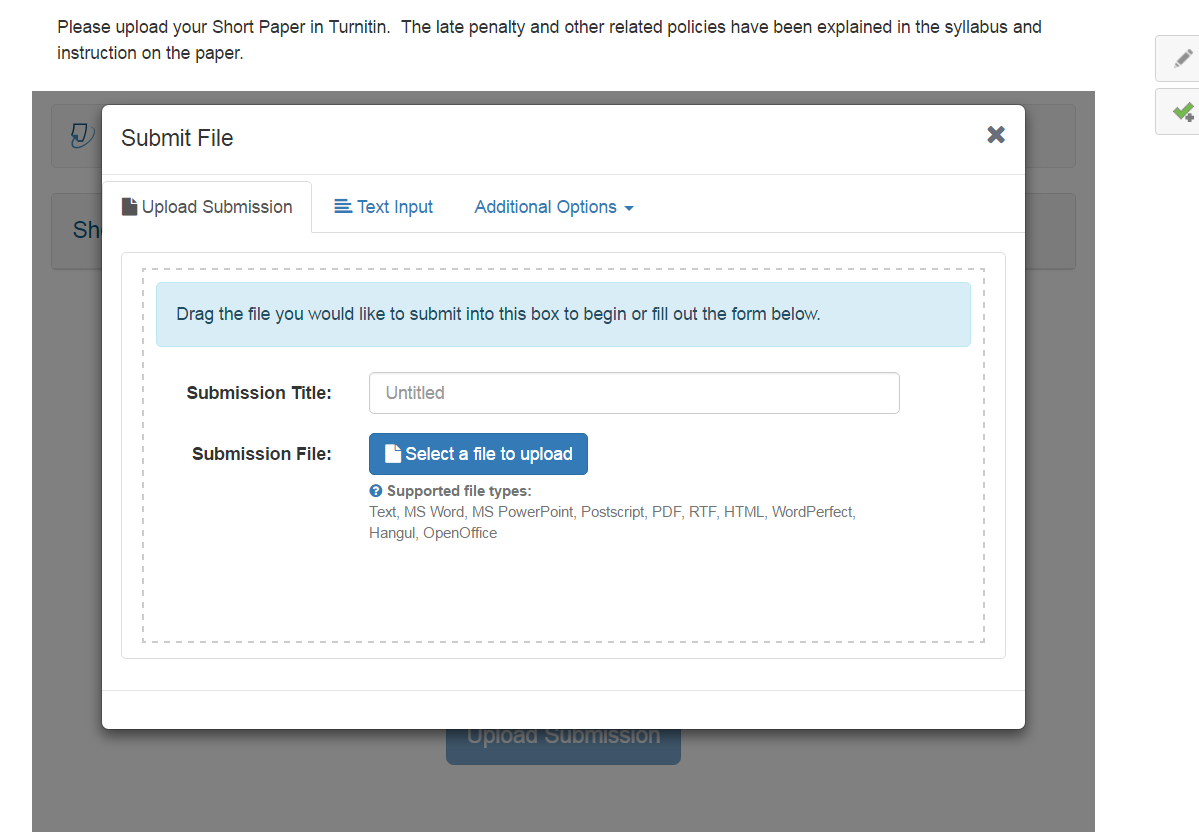

Turnitin creates an “similarlity report” for each submission Please see the University guidelines for using this tool. Turnitin drop boxes can be configured so that only the instructor views the analysis of the submission (the “similarlity report”) or so that students can submit and see the analysis of their own work. You may enable Turnitin in your LEARN dropboxes. Students’ submissions are added to a pool of Waterloo submissions as well, but not to the general Turnitin database future Waterloo submissions are compared against this pool unless the drop box settings are modified to prevent this. The text in each student’s submission is compared to a large database of other students’ submissions that have been collected through Turnitin from many institutions and to textual material located on the web (for example, websites, electronic documents, and ejournals). These files are housed on the Turnitin server and on the D2L server. Students submit electronic files to the Turnitin drop box. To use Turnitin, instructors must add a Turnitin drop box to their LEARN course If an intended outcome for written assignments in your course is to have students reflect on the nature of research or to represent the contribution that other scholars have made in the field, then Turnitin can be an integral part of effective learning activities to support these outcomes.


As scholars in our own disciplines, we know that we need to acknowledge the ideas we build on from others this is an important scholarly activity. Turnitin generates ‘similarlity reports’ on student submissions, which can provide instructors with information about plagiarized sources, but the reports can also be used to help students understand the proper use of quotation marks, how to cite sources properly, and how to paraphrase. Turnitin is a text-matching tool for encouraging academic integrity, but it can also be integrated into course activities to help students understand academic integrity in written assignments.


 0 kommentar(er)
0 kommentar(er)
